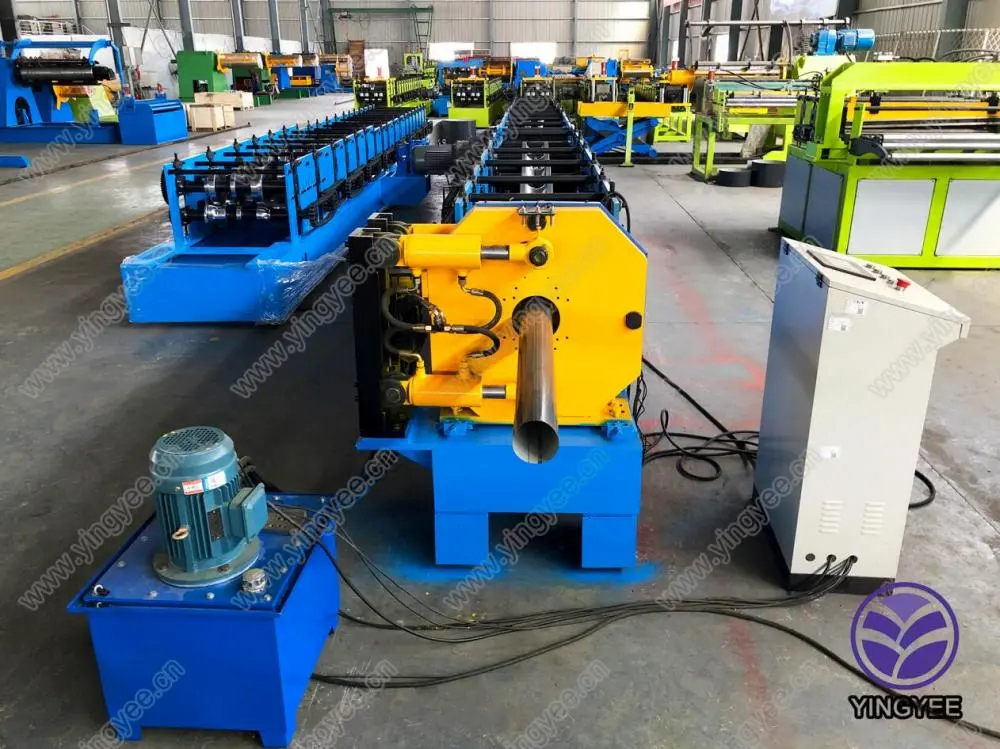
Slitting and Cut to Length Essential Processes in Metal Fabrication
In the world of metal fabrication, the processes of slitting and cut to length (CTL) are critical components that serve various industries. These processes allow manufacturers to transform large coils of metal into manageable sheets or strips, tailored to specific dimensions for further processing or assembly. Understanding these techniques is essential for businesses aiming to optimize material usage, reduce waste, and enhance production efficiency.
What is Slitting?
Slitting is a process used to cut wide coils of metal into narrower strips. It involves feeding a large coil, often made of steel, aluminum, or other metals, through a set of rotary blades that slice the material into the desired widths. The slitting process is typically performed using specialized equipment known as slitting lines. These lines consist of unwind stands to hold the master coil, cutting sections (or rotary knives), and a recoiler that gathers the finished strips.
One of the primary advantages of slitting is its ability to process material quickly and efficiently, which is essential in industries where speed and precision are paramount. For example, in automotive manufacturing, slitting can provide strips that are subsequently used in the production of various components, such as frames, brackets, or panels.
The Cut to Length Process
On the other hand, the cut to length process involves cutting long strips or coils of metal into shorter, pre-defined lengths. This procedure is typically carried out after slitting but can also accommodate raw coils. The cut to length machines measure the metal strip and cut it to the required length using hydraulic or mechanical shears. After cutting, the sheets are typically stacked and prepared for shipment or further manufacturing processes.

Much like slitting, the cut to length process maximizes the efficiency of material use by ensuring minimal waste. It is beneficial for operational workflows that require specific lengths of metal for projects, from construction to appliance manufacturing. By reducing the time spent on manual cutting and measuring, businesses can significantly increase productivity.
Applications of Slitting and Cut to Length
The applications of slitting and cut to length processes are vast. In the construction industry, for example, metal sheets of varying lengths are often required for structural components. In the appliance sector, manufacturers rely on accurately cut strips for making finishes, frames, and even insulation. Moreover, industries such as aerospace, electronics, and furniture manufacturing also depend on these processes to supply them with appropriately sized metal products, showcasing the versatility and importance of slitting and cut to length techniques.
Benefits of Integration
Integrating slitting and cut to length functionalities into a single production line can yield significant advantages. This integration streamlines operations, reduces material handling, and lowers manufacturing costs. Furthermore, it allows for tighter tolerances and better quality control, leading to reduced scrap rates and increased customer satisfaction.
Conclusion
In conclusion, slitting and cut to length are essential processes in the metal fabrication industry, enabling manufacturers to efficiently convert raw materials into ready-to-use products. They not only enhance productivity but also improve material utilization and quality. As technology continues to advance, these processes are likely to become even more sophisticated, offering enhanced capabilities and further integrating into automated production systems. For industries reliant on metal products, understanding and implementing effective slitting and cut to length strategies can provide a competitive edge in today’s fast-paced market.